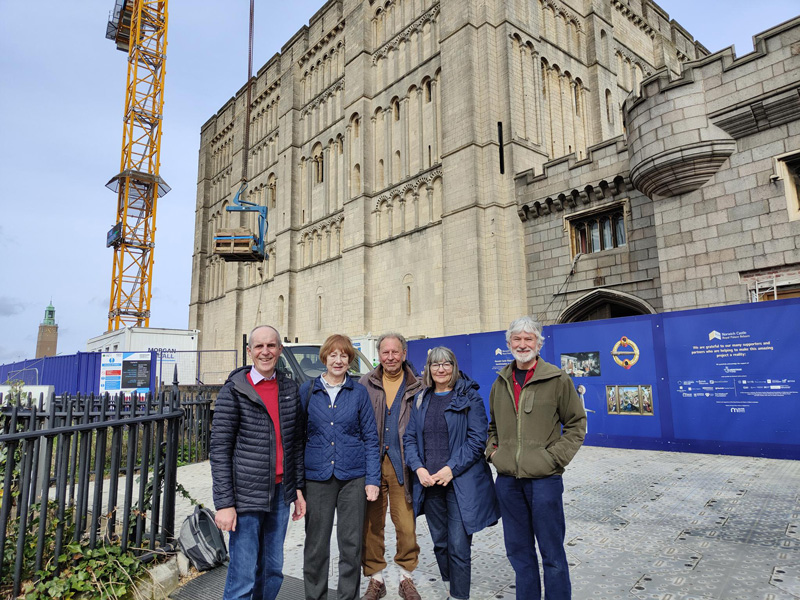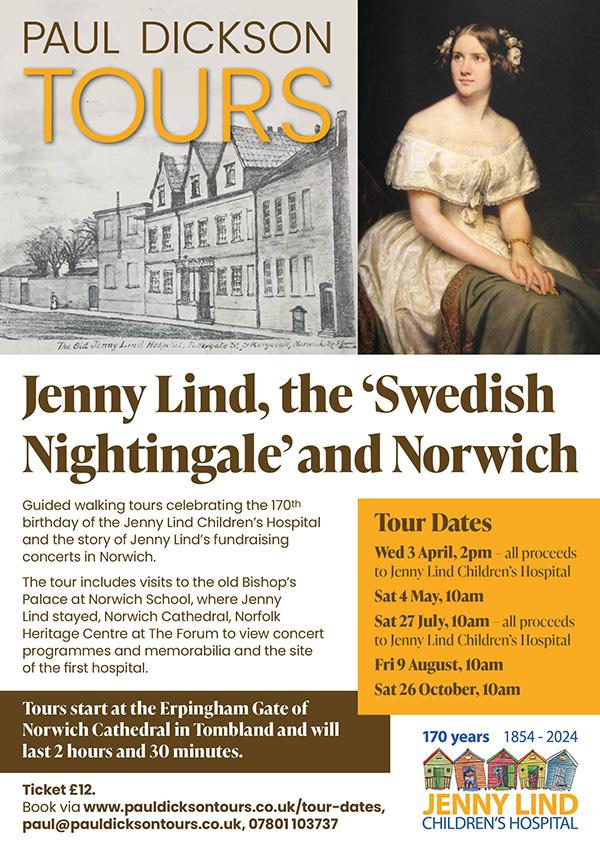Binge drinking has become a favourite pastime for some of our young people who are encouraged by the daily reports of the actions of their current pop idols. Consequently, drinking habits and alcohol abuse have had a lot of attention from the media lately.
The extended licensing hours might have something to do with it but the biggest contributor is everyone’s unhampered access to all kinds of alcohol in bottles and cans at almost any time of the day. There might be an age limit of eighteen but with the self service available in supermarkets what check is there to see who buys what?
Did You Know? There have always been members of our society who regularly overindulged. At some time every town and village has had individuals who seemed to be constantly inebriated. These were invariably older men and they were often the source of great amusement to the local inhabitants and an obvious target for comedians and actors both on the stage and in the cinema. Films made by Hollywood producers in the 1920’s and 1930’s very often had someone in a supporting role playing a ‘lush’.
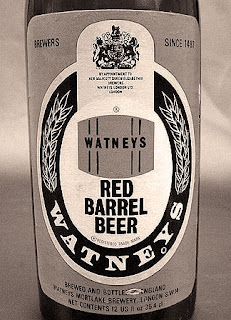 Originally there were both Inns and Public Houses and there were lots of them. They were situated wherever there was a constant flow of people: – On every busy road, at a staithe or near to a railway station. Every village had a pub and in the towns one could be found in almost every street. Many sold only beer, no spirits. Ladies did not usually go into the bar but would be guided by their escort into the ‘smoke room’ where the landlord or barman would wait on them.
Originally there were both Inns and Public Houses and there were lots of them. They were situated wherever there was a constant flow of people: – On every busy road, at a staithe or near to a railway station. Every village had a pub and in the towns one could be found in almost every street. Many sold only beer, no spirits. Ladies did not usually go into the bar but would be guided by their escort into the ‘smoke room’ where the landlord or barman would wait on them.
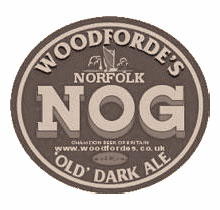 Most pubs had a small slip bar usually with direct access from outside for anyone who wished to buy a drink to take away. If they bought a bottle of drink, even if it was only a stone ginger beer with a marble in the neck, a deposit had to be paid. This would be refunded when the empty was returned. To avoid the extra cost and trouble many people took a jug or canteen and choose a draught beer from one of the barrels.
Most pubs had a small slip bar usually with direct access from outside for anyone who wished to buy a drink to take away. If they bought a bottle of drink, even if it was only a stone ginger beer with a marble in the neck, a deposit had to be paid. This would be refunded when the empty was returned. To avoid the extra cost and trouble many people took a jug or canteen and choose a draught beer from one of the barrels.
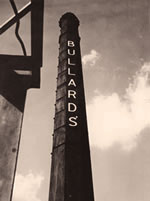 There were three main draught beers, mild, bitter and old. In the days before the pumps they were all served straight from the barrels so the landlord had quite a walk with every order. Each drink he served would be held up to the light to ensure it had no cloudiness. If it had, it would probably be because the barrel hadn’t settled and he wouldn’t be able to serve it. A sharp thunderstorm would sometimes affect a barrel of bitter.
There were three main draught beers, mild, bitter and old. In the days before the pumps they were all served straight from the barrels so the landlord had quite a walk with every order. Each drink he served would be held up to the light to ensure it had no cloudiness. If it had, it would probably be because the barrel hadn’t settled and he wouldn’t be able to serve it. A sharp thunderstorm would sometimes affect a barrel of bitter.
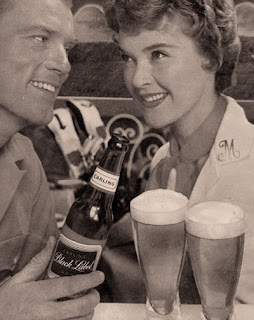 Most pubs were owned by the brewers and sold only their own brewage but there were some freehouses who had a selection from different suppliers. Bottled beers became more popular between the wars and were not only drunk on their own but often mixed with draught beer. One favourite with the Forces known as ‘black and tan’ was stout and mild. Some men preferred something a little smoother and settled for brown and mild.
Most pubs were owned by the brewers and sold only their own brewage but there were some freehouses who had a selection from different suppliers. Bottled beers became more popular between the wars and were not only drunk on their own but often mixed with draught beer. One favourite with the Forces known as ‘black and tan’ was stout and mild. Some men preferred something a little smoother and settled for brown and mild.
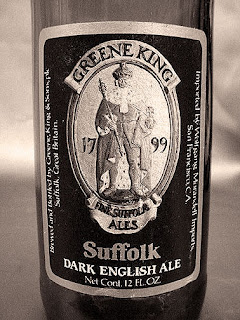 Whenever bottled and draft beer were mixed, it was important that they came from a particular brewer. For example, you had to have Bullard’s brown ale with Bullard’s mild to get the right taste. There was a wide choice of drinks in bottles including guinness, stout, brown ale, pale ale and light ale. More often than not the Brewer’s were local and their names familiar to everyone. Besides Bullard’s there was Watneys, Lacons, Greene King, Adnams, Tolly, Crowfoot and lots more.
Whenever bottled and draft beer were mixed, it was important that they came from a particular brewer. For example, you had to have Bullard’s brown ale with Bullard’s mild to get the right taste. There was a wide choice of drinks in bottles including guinness, stout, brown ale, pale ale and light ale. More often than not the Brewer’s were local and their names familiar to everyone. Besides Bullard’s there was Watneys, Lacons, Greene King, Adnams, Tolly, Crowfoot and lots more.
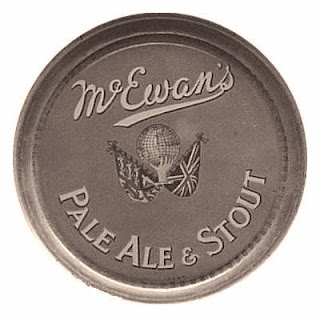 Before electricity was installed in all households very few people had a radio and not many were able to afford a daily newspaper. Pubs played an important role in keeping their customers up to date about what was going on in the world. The news was brought in and passed on by those who worked in and out of town on the railway, buses or other forms of transport. If there is something of real interest it is surprising how quickly word of mouth can travel.
Before electricity was installed in all households very few people had a radio and not many were able to afford a daily newspaper. Pubs played an important role in keeping their customers up to date about what was going on in the world. The news was brought in and passed on by those who worked in and out of town on the railway, buses or other forms of transport. If there is something of real interest it is surprising how quickly word of mouth can travel.
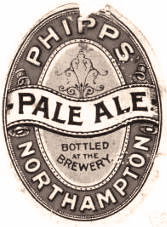 As well as drinking in the bar, there were games to be played. Before darts came in there were various forms of bowls and skittles. Dominoes and crib were always popular table games and taken very seriously because they were generally just once round the peg board for a ‘half of mild’. If the winner didn’t drink mild he would have something else and pay the difference. Many of the regulars went in at the same time on the same nights every week and always sat in the same seat. A lot of them had their own china or pewter mugs that usually hung on hooks over the bar when the owner wasn’t present. The landlord had to know his customers well and be fully aware of all their likes, dislikes and habits to ensure they were ‘kept happy’ and never got upset.
As well as drinking in the bar, there were games to be played. Before darts came in there were various forms of bowls and skittles. Dominoes and crib were always popular table games and taken very seriously because they were generally just once round the peg board for a ‘half of mild’. If the winner didn’t drink mild he would have something else and pay the difference. Many of the regulars went in at the same time on the same nights every week and always sat in the same seat. A lot of them had their own china or pewter mugs that usually hung on hooks over the bar when the owner wasn’t present. The landlord had to know his customers well and be fully aware of all their likes, dislikes and habits to ensure they were ‘kept happy’ and never got upset.
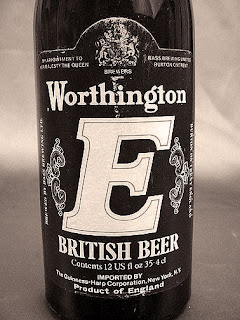 Cigarettes, tobacco and matches were sold over the bar and some even had pickled onions and eggs. Originally, food was not sold in pubs as it was in the Inns but between the wars packets of potato crisps and nuts etc. were introduced.
Cigarettes, tobacco and matches were sold over the bar and some even had pickled onions and eggs. Originally, food was not sold in pubs as it was in the Inns but between the wars packets of potato crisps and nuts etc. were introduced.
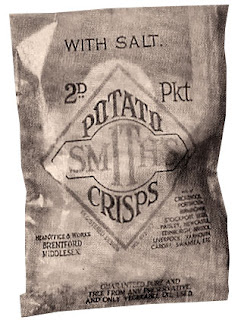 The first real food was laid on when dart matches were arranged against other houses. At such times the landlord provided refreshments for the contestants. Dishes of cheese and ham rolls were brought out and placed on the bar for the teams and their followers could help themselves.
The first real food was laid on when dart matches were arranged against other houses. At such times the landlord provided refreshments for the contestants. Dishes of cheese and ham rolls were brought out and placed on the bar for the teams and their followers could help themselves.
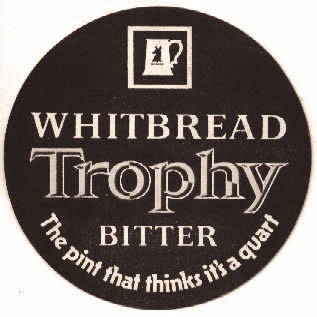 Another thing the pubs sold was vinegar. It was supplied in a barrel so customers had to bring their own jug or container when they bought any. It was much cheaper than that sold in the shops. When the shallots from the allotments had been harvested and the housewives started to pickle them it was time for the men folk to take a jug [not too big a one] down to the pub for the vinegar. You could never be sure exactly how much was required but it didn’t matter how many times you had to go back for more; there was always enough time for a quick half while the landlord was in the cellar getting it.
Another thing the pubs sold was vinegar. It was supplied in a barrel so customers had to bring their own jug or container when they bought any. It was much cheaper than that sold in the shops. When the shallots from the allotments had been harvested and the housewives started to pickle them it was time for the men folk to take a jug [not too big a one] down to the pub for the vinegar. You could never be sure exactly how much was required but it didn’t matter how many times you had to go back for more; there was always enough time for a quick half while the landlord was in the cellar getting it.
 In those days the pubs were like social clubs where men met for a friendly chat as well as a drink. Each bar developed its own atmosphere that was often just as important to the customers as the name and taste of the brew it sold but most essential to a pubs success was the amiable character and temperament of the landlord.
In those days the pubs were like social clubs where men met for a friendly chat as well as a drink. Each bar developed its own atmosphere that was often just as important to the customers as the name and taste of the brew it sold but most essential to a pubs success was the amiable character and temperament of the landlord.
valley lad – [THIRTY-NINE]


